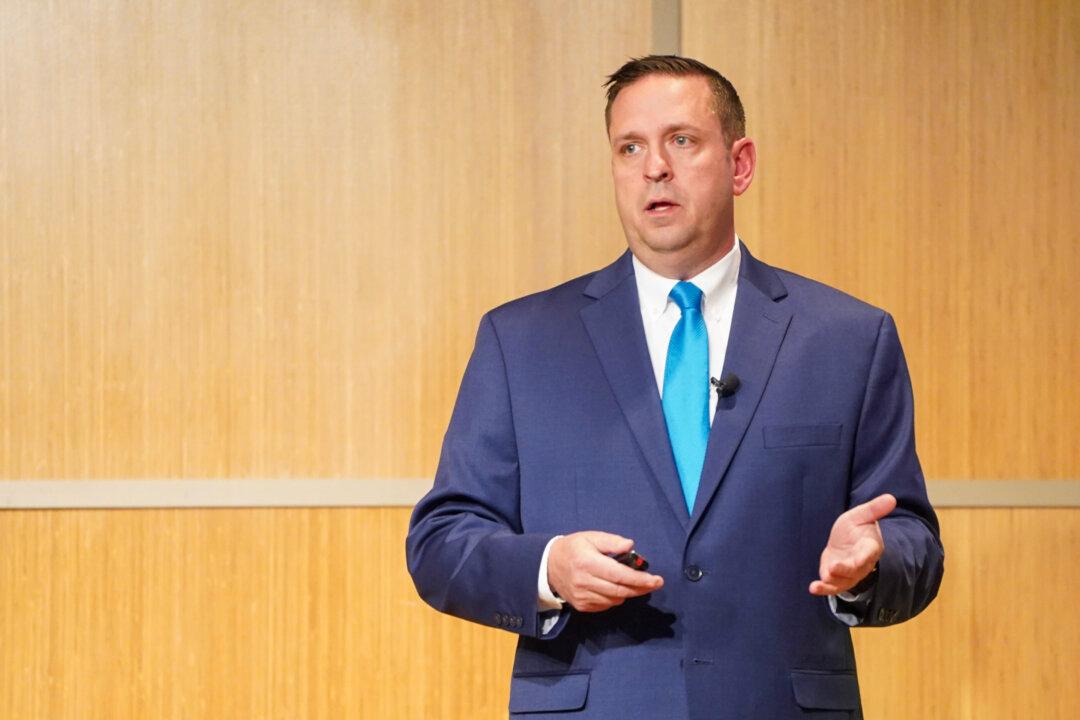URBANA, Ill.—Cortez Gardner, patrol sergeant at Urbana Police Department, almost quit when public resentment against police soared after the police custody death of George Floyd.
He became an officer in 2012 to help people go about their lives without fear of violence, which he observed daily growing up on the South Side of Chicago.





